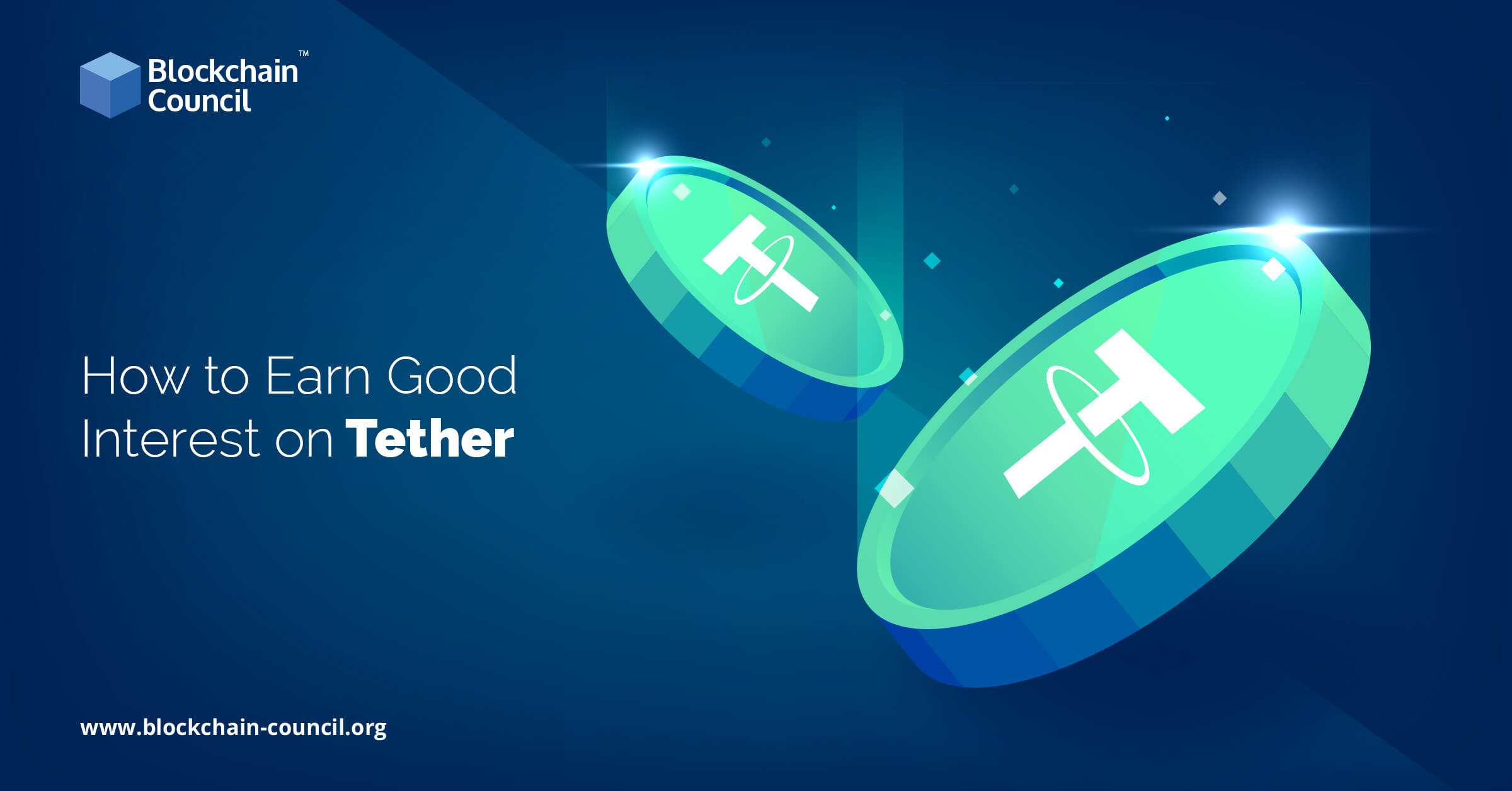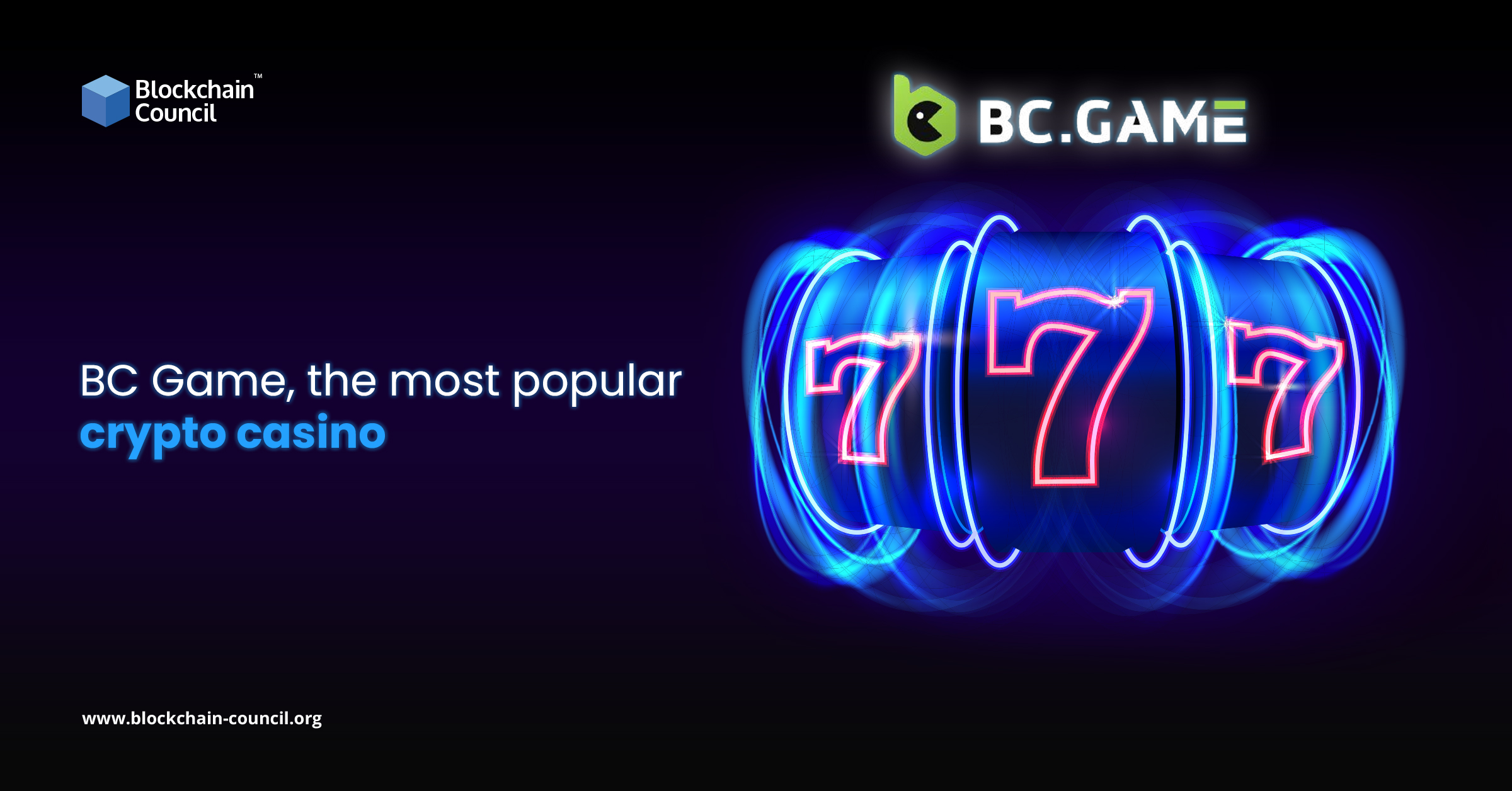
- Amber Smith
- August 22, 2024
Summary
- Tether (USDT) remains stable in the cryptocurrency market, unlike other stablecoins in 2024.
- Tether is backed by an equal amount of fiat (US Dollars) held in a designated bank account.
- Crypto lending sites offer a way to earn interest on Tether tokens by lending them out.
- Holding Tether (HODLing) allows for hassle-free conversion between Bitcoin and other currencies.
- Nexo, with a 16% APR, requires a minimum three-month lock-in period and 10% portfolio in NEXO tokens.
- Finblox offers a straightforward 4.5% interest rate, but users should consider additional costs.
- Crypto.com has tiered interest rates up to 8.50%, with conditions like asset locking and staking CRO tokens.
- Ledn provides a fixed 8.5% APY on Tether deposits, with a $15 withdrawal fee and potential 7-day withdrawal timeframe.
- Abra offers a 10% APY on Tether, but users should be aware of network and withdrawal fees.
- Crypto lending platforms generate interest by lending deposited cryptocurrencies to borrowers, charging interest and distributing a portion to investors.
- Risks of earning interest on Tether include platform sustainability, centralization concerns, market impact, regulatory and legal risks, lack of transparency, and interest rate fluctuations.
- To navigate risks, investors should research, choose reputable platforms, diversify, and stay informed about the crypto market.
- Safety of earning interest on Tether involves analyzing USDT’s nature, market impact, platform reliability, regulatory concerns, risk mitigation, and assessment of reserves.
- Tether’s market trends in 2023 include a record market cap of $85.9 billion, regulatory attention, growth despite challenges, major asset freeze, increased token issuance and burning, and future transparency initiatives.
USDT (Tether) remains a cornerstone in the rapidly evolving stablecoin market, maintaining a significant market capitalization despite the overall decline in the stablecoin market in 2023. As the only stablecoin not experiencing a drop in market cap, Tether’s resilience in a fluctuating economic landscape underscores its importance for investors seeking stable and reliable crypto investments
USDT (Tether) is one of the most widely used crypto stablecoins. Importantly, Tether is backed by an equal amount of fiat (US Dollars) held in a designated bank account. By using crypto lending sites, it is possible to make money by earning interest on your Tether tokens. The Tether crypto was launched to fill the gap between crypto and traditional currencies while reducing the risks for investors in the volatile crypto industry.
You can make money HODLing your Tether and enjoy hassle-free conversion between Bitcoin and other currencies. USDT transactions are faster while coming with low processing fees. Crypto traders around the world are now using Tether to make international transactions. So, why not join the new era of money makers who are profiting from the best USDT yield? And what are the best platforms for earning good interest on Tether? Let’s find out!
Best Platforms to Earn Good Interest on Tether
Nexo
Nexo has solidified its position as a versatile platform for Tether (USDT) investments, boasting an impressive 16% Annual Percentage Rate (APR). This robust return, however, comes with specific conditions that investors must navigate. The platform requires a minimum three-month lock-in period for invested assets, demonstrating a commitment to a more extended investment horizon. Additionally, Nexo mandates that a minimum of 10% of an investor’s portfolio consists of NEXO tokens, the native cryptocurrency of the platform. An interesting feature is that the interest is disbursed in NEXO tokens, fostering a symbiotic relationship between investors and the platform’s growth prospects.
Finblox
In the realm of Tether investment platforms, Finblox has emerged as a newer player, offering a straightforward 4.5% interest rate. This fixed rate provides investors with a predictable and steady return on their Tether investments, making it an appealing option for those seeking stability. However, potential users need to be mindful of additional costs associated with using the platform. Network fees, an inevitable aspect of blockchain transactions, should be factored into the overall returns. Moreover, a withdrawal fee of 1 USDT adds to the considerations for potential investors, emphasizing the importance of understanding the complete cost structure.
Crypto.com
Crypto.com introduces a more intricate interest rate structure for Tether, with rates peaking at an attractive 8.50% APR. The tiered rates system, starting at a base rate of 0.40% APR and scaling up to 8.50%, provides users with flexibility based on their commitment and engagement with the platform. To unlock the highest rate, investors must adhere to conditions such as asset locking for a three-month period and staking a significant amount of CRO tokens, Crypto.com’s native cryptocurrency. It’s essential to be aware of the various withdrawal fees that apply, depending on the blockchain network used. For instance, fees differ for ERC20, Cronos, and Polygon, underlining the importance of understanding the intricacies of the platform’s fee structure.
Ledn
Ledn distinguishes itself by offering a competitive and straightforward 8.5% Annual Percentage Yield (APY) on Tether deposits. The platform provides investors with a fixed APY, ensuring a consistent 8.5% return rate on their Tether holdings. While the fixed rate adds a layer of predictability to returns, investors should be mindful of a 15 USDT withdrawal fee. Additionally, the potential withdrawal timeframe of up to 7 business days underscores the importance of planning for liquidity needs. Ledn’s simplicity in its offering, coupled with a competitive APY, makes it an attractive option for those prioritizing ease of use and a reliable return.
Abra
Abra enters the competitive landscape with a compelling 10% Annual Percentage Yield (APY) on Tether, providing transparency regarding potential earnings for investors. The platform’s straightforward approach to returns is complemented by the need for users to navigate additional fees influenced by Abra’s custodial arrangements. Investors should factor in network fees and withdrawal fees from Bittrex, Abra’s custodian, as these may impact the overall returns on Tether investments. The platform’s commitment to transparent returns aligns with the broader trend of empowering investors with clear insights into their potential earnings.
CoinRabbit
On CoinRabbit you can earn 10% on Tether stablecoins without any additional fees. By the way, CoinRabbit makes it possible to earn interest on USDT TRC20 (which operates on the TRON blockchain), where the transaction fees are less than one USDT. For those who prefer the Ethereum network, USDT ERC20 is also an option for earning interest.
CoinRabbit’s deposits crypto are completely anonymous and do not require additional sign-up and KYC and, what’s more, this platform provides one of the easiest ways to use these services. The whole flow takes up to 10-15 minutes. There are no restrictions: top up your savings amount, withdraw and open multiple deposits anytime without extra fees. You will start earning daily interest right after the transaction is completed.
YouHodler
You can get good interest on Tether with your USDT savings account on YouHodler. Your USDT could be fetching you as much as 12.3% APR compound interest. Your investment will start earning you interest in stablecoins as soon as you deposit USDT into your YouHodler interest account. Guaranteed returns are paid out every week.
YouHodler has a long list of cryptos to choose from for your cryptocurrency savings. These come with low risks and a high interest rate. Knowing that USDT is among the leading stablecoins currently in circulation, YouHodler offers you the most advanced crypto wallet to easily accumulate interest.
USDT Network
Crypto lending platforms generate interest for account holders through a process that involves lending out the deposited cryptocurrencies. Here’s a detailed breakdown of how this works:
- Deposit of Funds: Investors deposit their cryptocurrencies, such as Bitcoin, Ethereum, or stablecoins like Tether (USDT), into their account on the crypto lending platform.
- Lending to Borrowers: These platforms lend out these deposited funds to borrowers. Borrowers can be other cryptocurrency users who need funds for trading, investing, or personal use.
- Charging Interest on Loans: Borrowers are charged an interest rate for the borrowed crypto. This interest rate is typically higher than traditional banking loans due to the volatility and risks associated with cryptocurrencies.
- Distribution of Earned Interest: A portion of the interest collected from borrowers is distributed back to the investors who deposited their cryptocurrencies. This is how investors earn interest on their holdings.
- Risk Management: Crypto lending platforms usually manage risks by requiring borrowers to provide collateral exceeding the loan value. This collateral is in the form of other cryptocurrencies, which protects the lender (and ultimately the investor) in case of default.
- Platform Fees: The platforms may also charge fees for their services, which are used to cover operational costs and provide a profit margin for the platform.
- Dynamic Interest Rates: The interest rates can vary based on market conditions, demand for borrowing, and the platform’s own risk management policies.
- Reinvestment or Withdrawal: Investors can often choose to reinvest their earned interest for compound growth or withdraw it as passive income.
It’s important for investors to understand that while this model can offer attractive returns, it also carries risks, including the potential default of borrowers and the operational stability of the platform itself. Therefore, due diligence and risk assessment are crucial before participating in crypto lending platforms.
What are the risks related to earning interest on Tether?
Earning interest on Tether (USDT) holds the promise of passive income, but it’s imperative to acknowledge the accompanying risks that come with such ventures. If you open your USDT savings account with a reputable partner, you can decrease your risks of losing your money. It’s better to generate interest on Tether than to let your funds sit idle for years in your wallet. As the name implies, stablecoins are stable in value, which means the risk of price crashes is eliminated.
The only obvious risk is that crypto lending platforms tend to generate interest from account holders by lending part of their businesses. If too many loan holders default on any of the platforms, it’s likely that the project will not be sustainable.
Here’s a breakdown of the potential pitfalls:
Platform Sustainability
The primary risk revolves around the sustainability of crypto lending platforms. These platforms function by lending out deposited funds to borrowers, relying on the interest generated from these loans to pay account holders. A high rate of borrower defaults could strain the platform’s ability to fulfill interest payments to USDT holders.
Centralization Concerns
In contrast to the decentralization ethos embraced by many cryptocurrencies, USDT operates in a centralized manner, relying on a single company for management and backing. This centralized structure introduces a risk of a single point of failure. Past incidents, such as legal issues faced by Tether’s parent company, iFinex, underscore the dangers associated with centralization, including potential mismanagement or misleading claims about USDT’s backing.
Market Impact and Liquidity Risks
Given USDT’s substantial role in the crypto market, any significant issue with Tether could have widespread repercussions. The collapse of USDT could reverberate across the entire crypto industry due to its high market capitalization and its integral role in cryptocurrency trading. Despite claims of substantial reserves, concerns persist about Tether’s ability to maintain its peg to the U.S. dollar in the face of mass withdrawals, leading to liquidity risks.
Regulatory and Legal Risks
The evolving regulatory landscape for cryptocurrencies, including stablecoins like USDT, presents inherent risks. Changes in regulations, legal challenges, or compliance issues could disrupt Tether’s operations and subsequently impact platforms’ ability to honor interest payments on USDT.
Lack of Transparency
Tether has encountered criticism and skepticism regarding its assertions of being fully backed by U.S. dollars. This lack of transparency regarding reserves and backing introduces uncertainty and risk for investors, questioning the veracity of Tether’s claims.
Interest Rate Fluctuations
The interest rates offered on USDT are subject to wide variations based on market conditions and platform policies, resulting in inconsistent returns for investors.
To navigate these risks effectively, investors must conduct thorough research, opt for reputable and stable platforms, diversify their investments to spread risk, and stay informed about the latest developments in the cryptocurrency market and regulatory landscape. Diligence and vigilance are key to navigating the dynamic and evolving terrain of earning interest on Tether.
Is it safe to earn interest on Tether?
Determining the safety of earning interest on Tether (USDT) in 2023 involves a comprehensive analysis of several critical factors, ranging from the nature and backing of USDT to the reliability of platforms offering interest and broader market implications.
Nature and Backing of USDT
USDT’s centralization contradicts the decentralized principles inherent in many cryptocurrencies. The company behind Tether has faced allegations of misrepresenting the backing of USDT with U.S. dollars. A notable instance includes a settlement with the New York Attorney General in 2022, which revealed discrepancies in Tether’s claims of being fully backed by U.S. dollars.
Market Impact
As the largest stablecoin by market capitalization, USDT plays a pivotal role in the crypto ecosystem. The potential failure of USDT could have severe consequences for the entire crypto industry, given its substantial share in Bitcoin’s trading volume. The interconnectedness of USDT with various crypto assets underscores the systemic risk it poses.
Platform Reliability for Interest Earning
Platforms offering interest on USDT operate by lending out user deposits, and the sustainability of these platforms hinges on borrowers’ ability to repay loans. High rates of borrower defaults could compromise the platform’s capacity to fulfill interest payments to depositors.
Regulatory and Audit Concerns
Tether has encountered challenges with banking partnerships and regulatory jurisdictions, raising doubts about its legitimacy and future legal standing. Transparency issues in the process of minting USDT and auditing practices further contribute to the overall risks associated with using the stablecoin.
Risk Mitigation and Investment Strategy
To mitigate risks linked to USDT, investors are advised to diversify their portfolios across various stablecoins and assets. Limiting long-term exposure to USDT and reserving it for short-term transactions can help reduce risks associated with its centralization and regulatory uncertainties.
Assessment of Reserves
While Tether claims to possess substantial reserves, its historical lack of transparency and ongoing challenges in banking relationships make it a risky option for parking significant capital. Investors are urged to exercise caution, thoroughly evaluating the stability and reliability of Tether as an investment vehicle.
Latest Market Trends of Tether
- Record Market Cap: In November 2023, Tether (USDT) hit a new high with a market cap exceeding $85.9 billion. This growth solidifies Tether’s position as the leading stablecoin, surpassing competitors like Circle’s USD Coin and MakerDAO’s Dai.
- Regulatory Attention: Michael Barr, the Federal Reserve Vice Chair for Supervision, has advocated for stricter regulation of stablecoins in the U.S. This call highlights concerns about the rise of privately-backed digital currencies and their potential impact on financial stability. Barr stressed the necessity for federal oversight to uphold trust and stability in the stablecoin sector, proposing alignment with traditional financial regulatory frameworks.
- Shifts Following Regulatory Actions: The stablecoin market experienced notable changes, particularly after the U.S. labeled Binance’s stablecoin, BUSD, as an unregistered security. This, along with Paxos Trust Company ceasing new BUSD token issuance, prompted a reevaluation of the stablecoin market’s future.
- Growth Despite Challenges: Despite regulatory hurdles, the total value of the stablecoin market grew. Tether, in particular, gained $1.9 billion in market cap, reaching $70.3 billion and securing over half of the stablecoin market share. This growth underscores the ongoing demand for dollar-based stablecoins and Tether’s ability to capitalize on market opportunities.
- Major Freeze of Assets: Tether took significant action by freezing $225 million worth of USDT associated with a human trafficking syndicate in Southeast Asia. This move, unprecedented for a stablecoin, was part of a U.S. Department of Justice investigation, showcasing Tether’s commitment to compliance and safety in the crypto space. It also aligns with efforts to freeze assets linked to terrorism and warfare in regions like Ukraine and Israel.
- Increased Token Issuance and Burning: Tether notably increased token issuance, reaching a total of 22.75 billion USDT on the Tron and Ethereum blockchains. The consistent minting and burning of USDT are vital elements of Tether’s strategy to manage its digital currency supply, drawing attention amid significant events in the banking sector earlier in the year.
- Future Plans and Transparency Initiatives: Tether announced plans for projects aiming to advance the Web2 industry and introduce a real-time proof-of-reserves feature. This initiative aims to enhance transparency for USDT holders, providing current information on the reserves backing the stablecoin. These moves align with Tether’s ongoing efforts to maintain trust and comply with evolving regulatory standards.
Conclusion
In conclusion, earning good interest on Tether involves carefully selecting reliable platforms, considering the associated risks, and staying informed about market trends. Look for reputable lending or staking platforms, assess their interest rates, and be aware of any potential downsides. Diversify your investments, and regularly review your strategy to adapt to changing market conditions. Remember to prioritize security and choose platforms with a proven track record. By approaching Tether investments with caution and a well-informed mindset, you can maximize your chances of earning good interest.
Disclaimer: The content on this platform is for educational purposes only. We do not endorse, recommend, or promote any product. Our articles are based on data from trustworthy sources, and our perspective is neutral and unbiased. Readers should make informed decisions and seek professional advice when needed. We have no affiliations with the products or services mentioned in our content.
Frequently Asked Questions
Who pays the highest interest on USDT?
- Nexo offers the highest interest on USDT with an impressive 16% Annual Percentage Rate (APR).
- Other platforms like Finblox, Crypto.com, Ledn, and Abra also provide varying interest rates on USDT.
- Yes, you can make money on Tether by earning interest through crypto lending platforms.
- Holding Tether (HODLing) can also be profitable, especially with platforms offering competitive interest rates.
- Tether is not typically used for traditional staking, but it can be lent on crypto lending platforms for earning interest.
- Platforms like Nexo, Crypto.com, Ledn, and Abra allow users to stake or lend Tether to generate returns.
- Tether (USDT) is a stablecoin designed to maintain a stable value, pegged to the US Dollar.
- It is not intended to increase in value like other cryptocurrencies. The goal is to remain stable, minimizing the risk of price fluctuations.




































































 Guides
Guides News
News Blockchain
Blockchain Cryptocurrency
& Digital Assets
Cryptocurrency
& Digital Assets Web3
Web3 Metaverse & NFTs
Metaverse & NFTs
